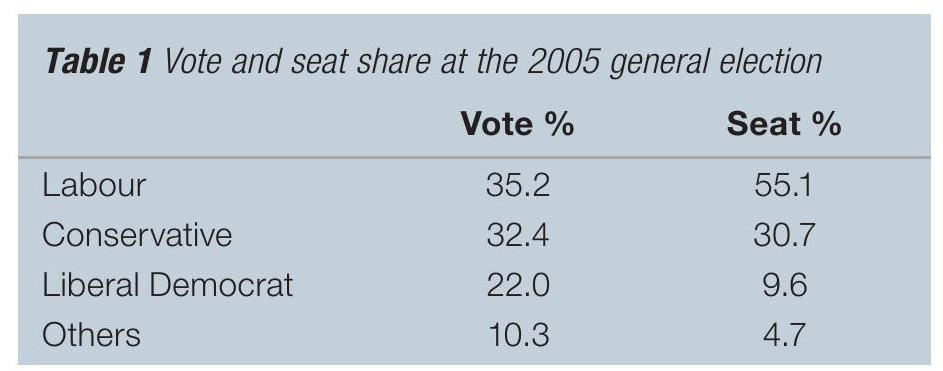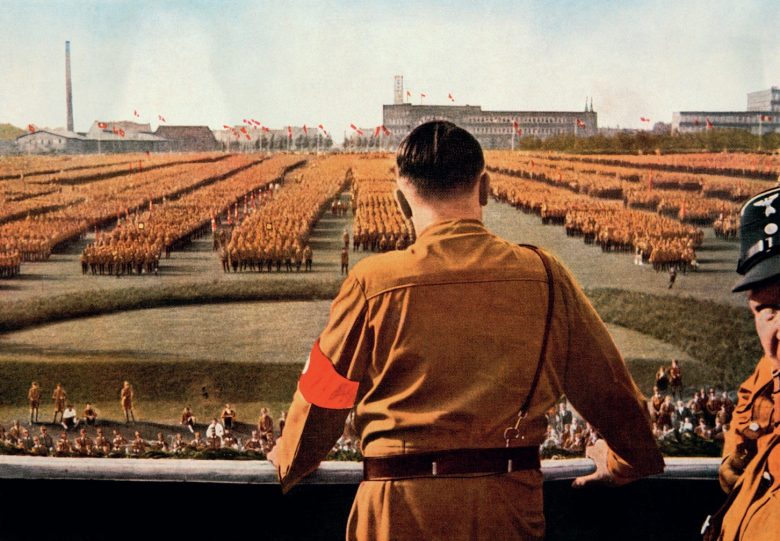
There is a strong possibility that the system of first-pastthe-post voting used to elect the House of Commons will come under the spotlight before, during and after the next general election. That election, scheduled for no later than June 2010 (probably May), will use a new set of parliamentary constituency boundaries because changes are necessary to meet the requirement of ‘one vote, one value’. As populations migrate, currently from cities to the suburbs, constituency electorates diverge in size and equalisation becomes necessary.
Nevertheless, despite the revised boundaries there are some rather stark statistics that show an electoral system favouring Labour. This bias means that David Cameron’s Conservative Party needs a lead of at least ten percentage points over its main rival in order to win the slimmest majority in the next House of Commons. Conversely, Labour could poll a smaller vote share than the Conservatives and yet still win the election outright. More likely than either of these scenarios is an outcome that produces a hung parliament, when reforming the voting system may become an important bargaining chip among the parties.
Your organisation does not have access to this article.
Sign up today to give your students the edge they need to achieve their best grades with subject expertise
Subscribe




